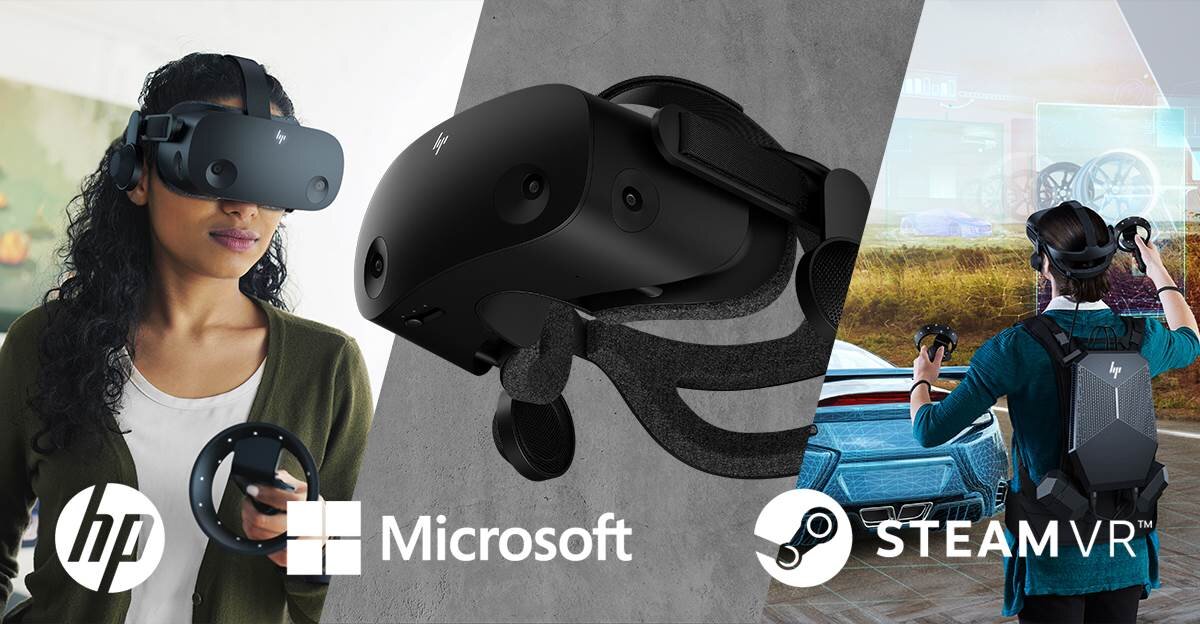Participate in our next VR/AR Global Summit here
By Jon Jaehnig
HoloMedX brings custom controls and patient-specific models to Looking Glass.
What happens when a medical device company starts exploring extended reality? Really incredible things. That’s what we learned when Xenco Medical announced HoloMedX at the VR/AR Association Global Summit earlier this month.
We at ARPost were so blown away by the presentation that we interviewed Xenco Medical Founder and CEO Jason Haider for more details.
Meet Xenco Medical
Xenco Medical is a company that makes single-use medical devices. Not only do the single-use devices mean that tools don’t degrade over time, but they also cut risk of contamination between patients. Devices are even custom-made for specific surgeries and even specific patients.
One of the priorities of Xenco Medical involves helping medical teams communicate both with surgical students and with patients about to undergo surgery. In either case, a medical professional would demonstrate to a person – or a room full of people – exactly what a surgery would look like using Xenco Medical devices.
The only problem? While Xenco Medical makes patient-specific surgical devices, surgeries were demonstrated using off-the-shelf anatomical models. Specifically in the case of spinal surgery, one patient’s anatomy may be drastically different from another’s. This makes one-size-fits-all medical models severely limiting.
Alternative options included demonstrating surgeries on two-dimensional images and scans, but surgery is an inherently three-dimensional process. While in theory it would be possible to make custom models using technology like 3D printing, this would be prohibitively time-consuming and costly. So, Xenco Medical turned to XR and created HoloMedX.
“As a patient-centric company, we’ve made an outsized commitment to developing technologies that address the entire spectrum of a patient’s surgical experience,” Haider said in a release shared with ARPost.
The Software Behind HoloMedX
Xenco Medical has pioneered a computer learning algorithm that uses ray tracing technology to stitch a series of 2D diagnostic images together to instantly create patient-specific 3D models.
“We wanted to make it as seamless as possible so the user wouldn’t need to have technical knowledge to translate a DICOM [Digital Imaging and Communications Model in Medicine] dataset into a hologram,” Haider told ARPost.
The result is a user-friendly experience for both surgical experts and patients learning about their own surgeries beforehand. This kind of understanding improves patient experience and satisfaction.
“You get the patient’s anatomy suspended in air,” Haider explained when announcing the platform during the VR/AR Association Global Summit. “The goal is to give patients and surgical trainers a hyper-realistic sense.”
Displaying Patient-Specific Models – Sans Headset
The next question was how to display the models in ways that would be efficient for teachers and learners and impactful for patients. The first and most obvious answer was to use 3D modeling and imaging software in a headset. In addition to a headset removing face-to-face communication for patients and providers, it poses a problem for scaling.
“When you’re teaching grand rounds, there might be ten people in the room. When they’re all using headsets, it poses a barrier,” Haider told ARPost. “We chose to build our platform by integrating with the Looking Glass light field display because it allowed us to use an intuitive, interactive, holographic display without headgear.”
Looking Glass is a light field display that, when turned off, looks like a typical large tablet or small television. However, when turned on, it appears to project a convincing 3D model. It’s pretty cool tech, but it isn’t the only – or the most innovative – hardware that plays a role in HoloMedX.
Xenco Medical has also created a line of air controllers for HoloMedX modeled after real surgical tools. These air controllers, equipped with three-axis accelerometers and gyroscopes, help to add an additional layer of understanding that wouldn’t be possible if users manipulated the models using controllers or even gesture controls.
The software, the display, and the custom air controls together produce “HoloMedX.”
“We are at the intersection of an incredibly exciting time where advancements in optics are happening independently with displays and imaging software,” said Haider. “The convergence of those three technologies place us at an important precipice.”
A Look at the Roadmap
This year, HoloMedX will be employed with select universities and medical centers already working with Xenco Medical. In addition to potential platform improvements, this initial rollout will form the basis for a unique study on how hologram interaction improves patient experience.
“Our multi-center study beginning this week will compare patient satisfaction scores of patients undergoing two-level and three-level lumbar fusions with and without pre-operative holographic simulation,” Haider explained in an email to ARPost.
Research and development into HoloMedX isn’t waiting until after those results come back. HoloMedX is currently for strictly educational purposes but the same technology is being used to explore revolutionary diagnostic solutions. This diagnostic platform would be available as a separate product also from Xenco Medical.
Users Creating Solutions
HoloMedX definitely looks like the future. We haven’t gotten our hands on it (yet), but it probably feels like the future too. Ironically, perhaps the most exciting thing about it is that it wasn’t made by an XR company. It uses XR technology, but its biggest strength might be that it is made by people looking to solve their own problems rather than by someone trying to sell solutions.






